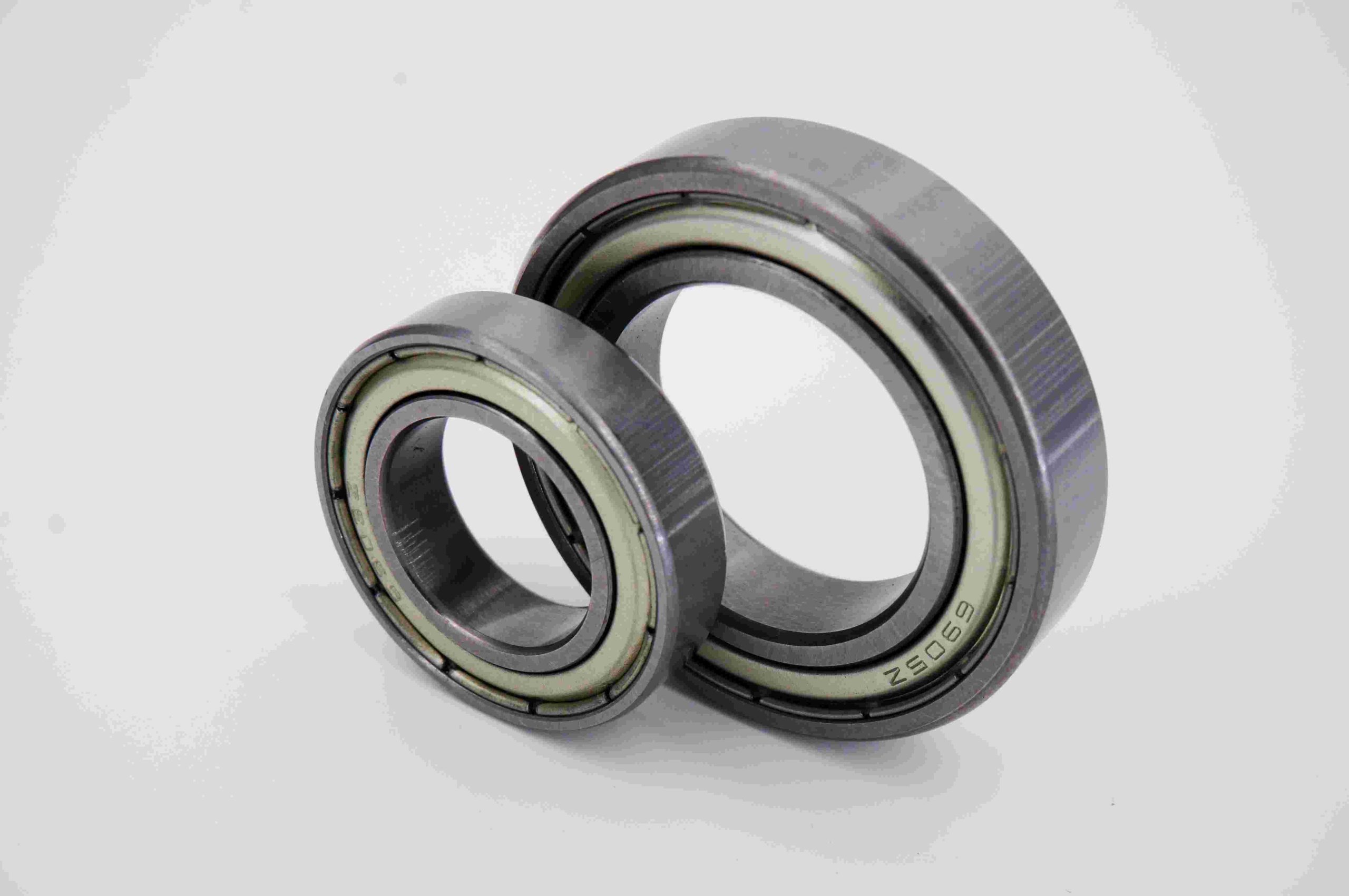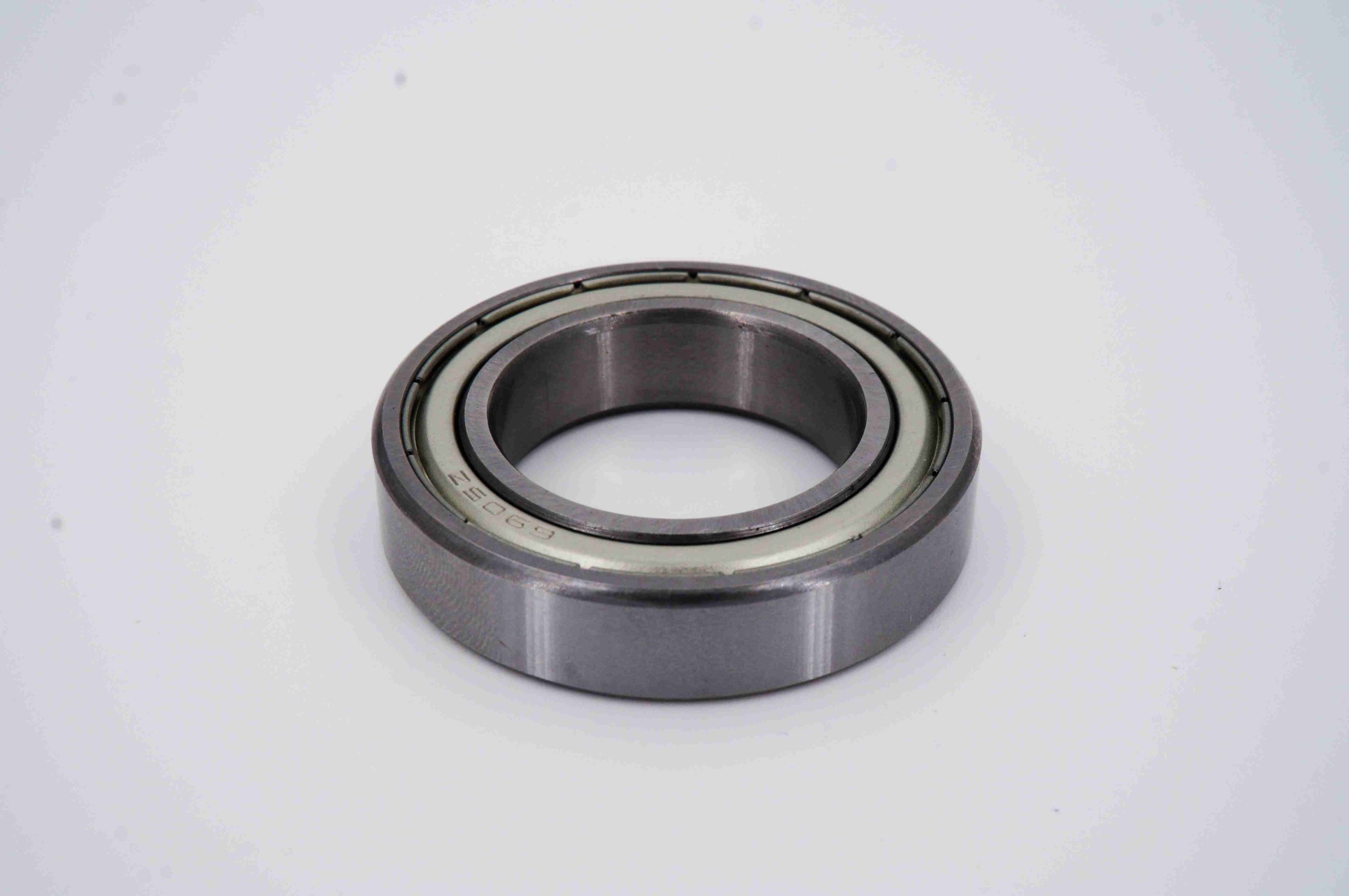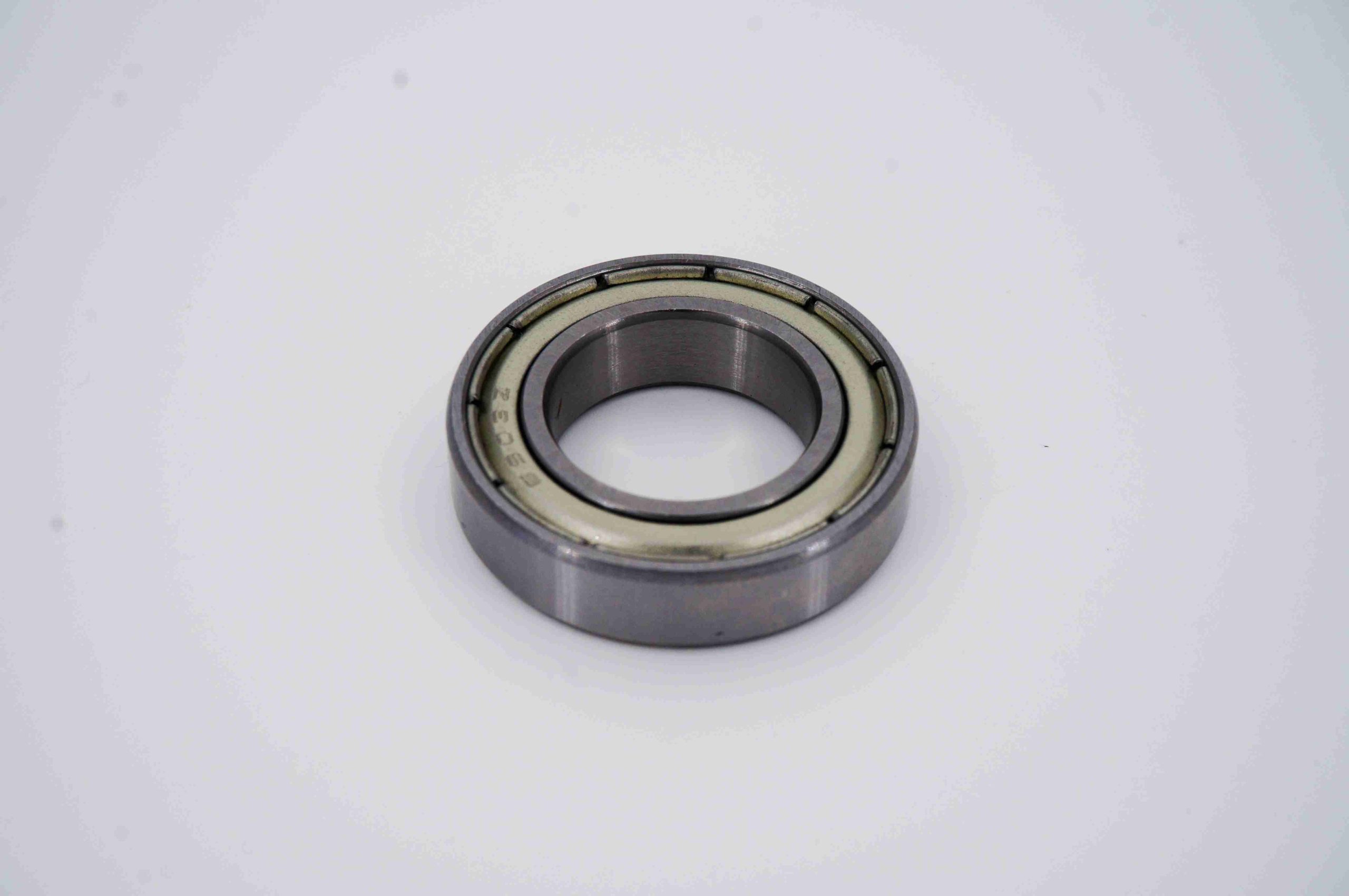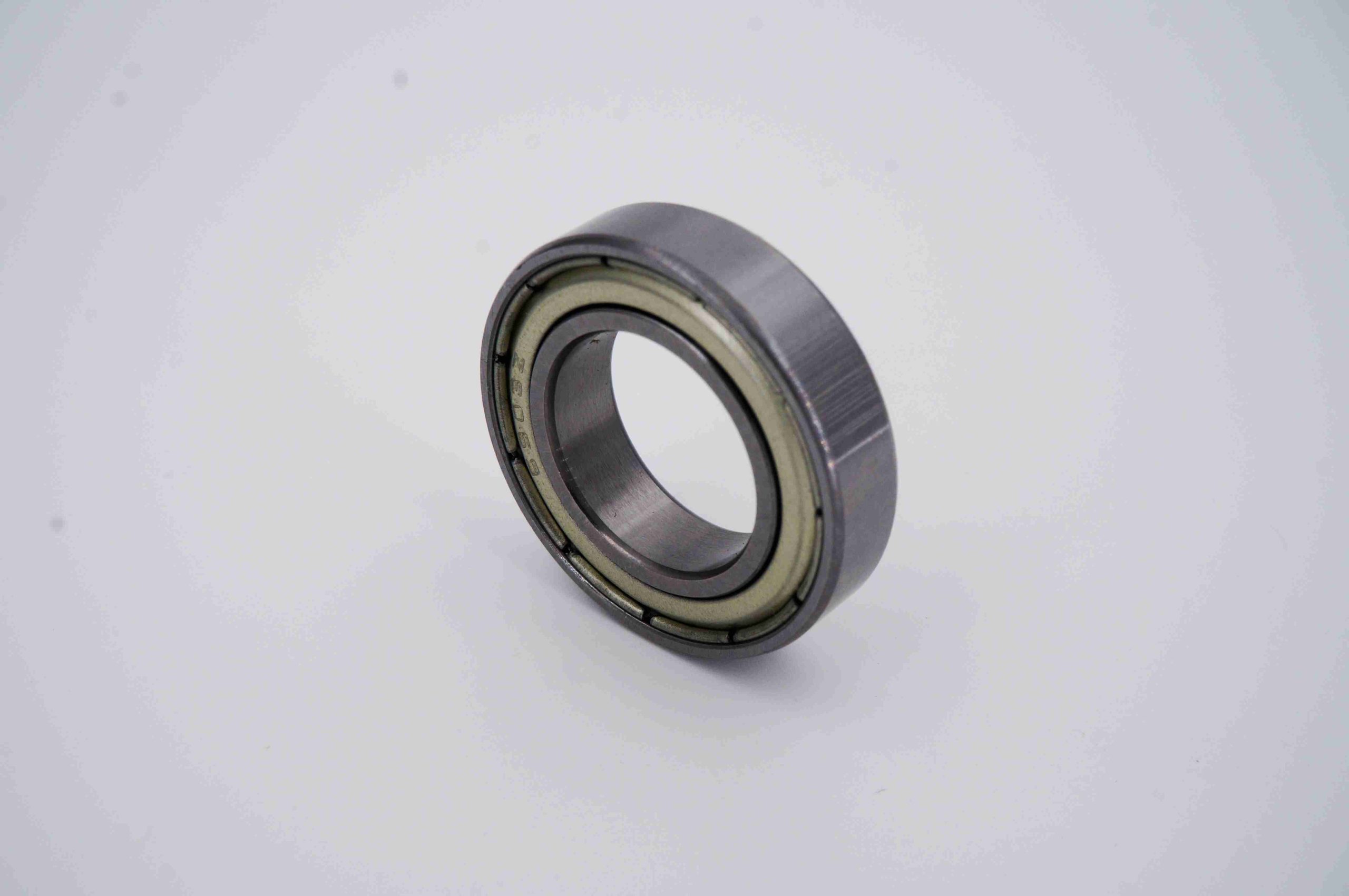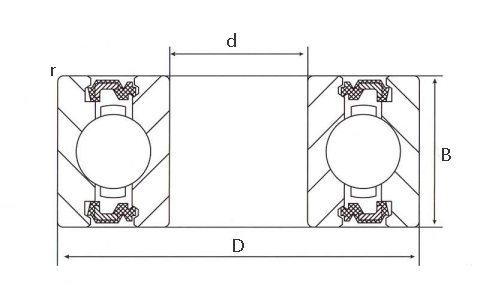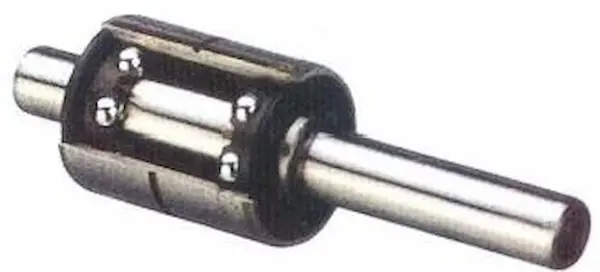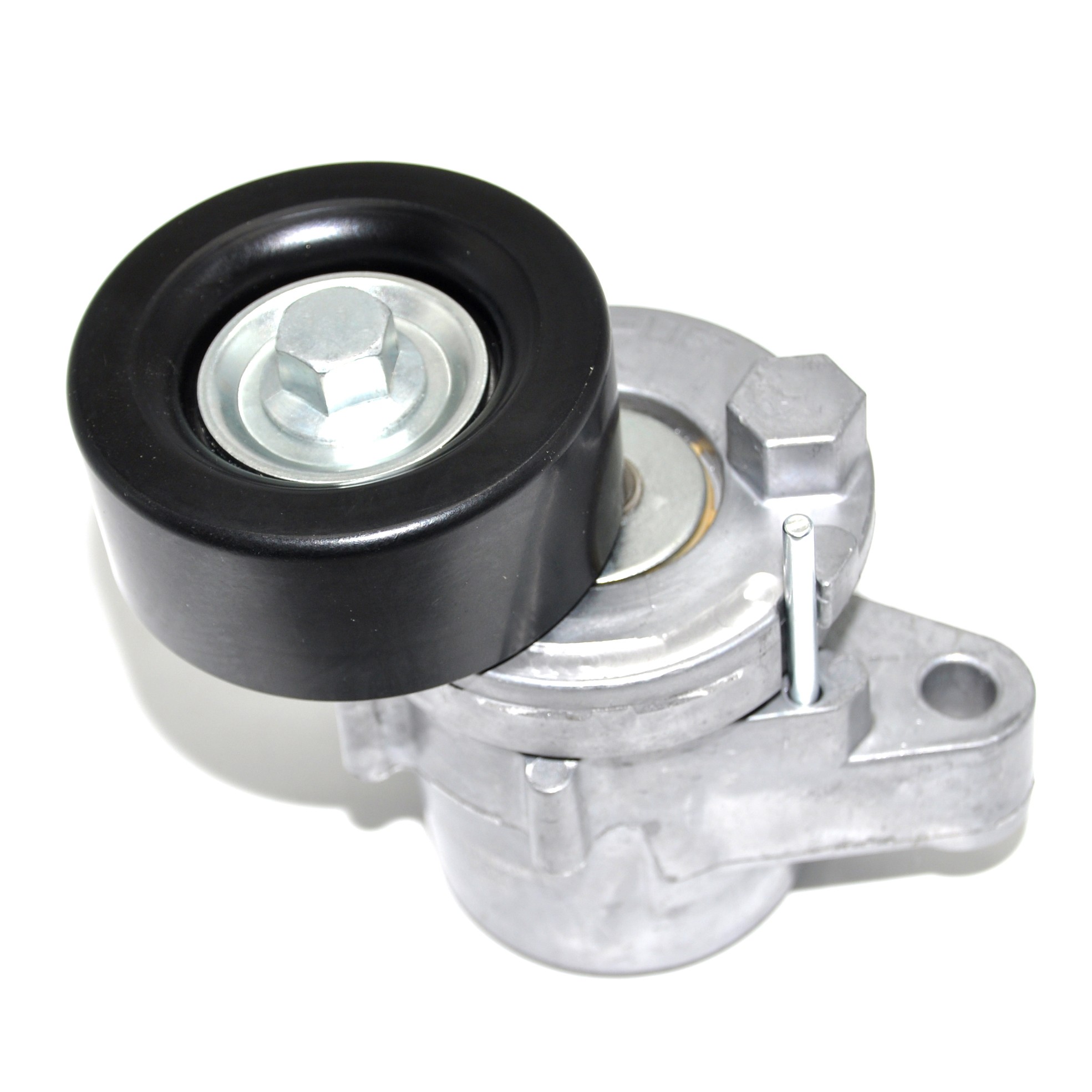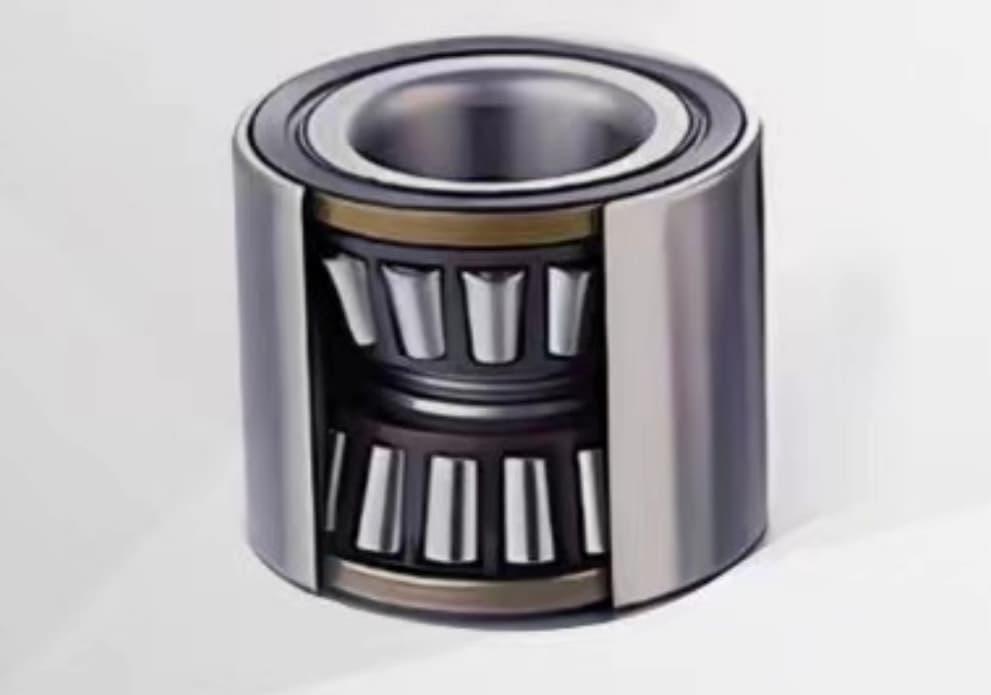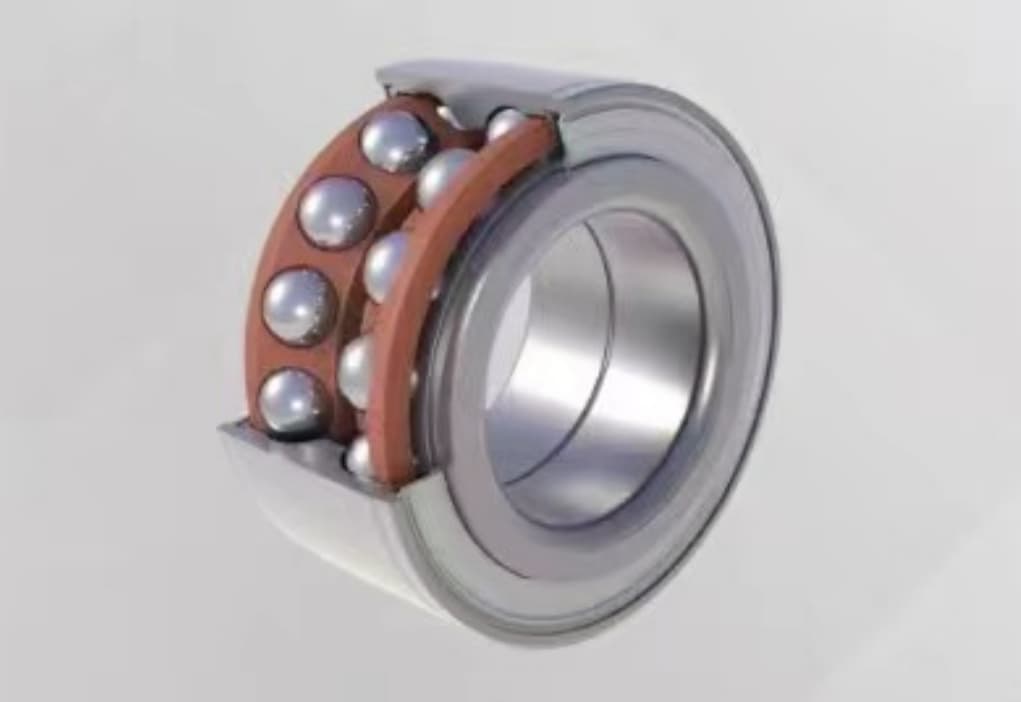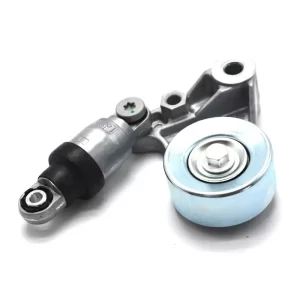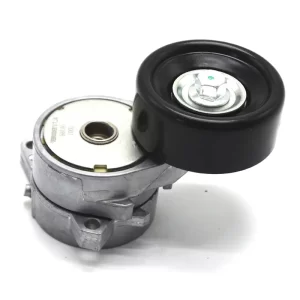It consists of an inner ring, an outer ring, a set of balls, and a retainer that holds the balls in place.
The “deep groove” refers to the close proximity of the balls to the raceways, which allows for higher load capacities and smoother operation.
These bearings are versatile, reliable, and commonly used in applications ranging from household appliances to industrial machinery.
Pieteikumi:
- Electric Motors: Ensure smooth and efficient operation.
- Automotive: Used in wheels, transmissions, and other components.
- Industrial Machinery: Found in pumps, fans, and various equipment.
- Household Appliances: Common in washing machines, fans, and other devices.
Maintenance Tips:
- Regularly check for signs of wear or damage.
- Ensure proper lubrication to minimize friction and wear.
- Replace bearings if they exhibit any unusual noise or vibration.
Pareizi lietojot un uzturot lodīšu gultņus ar dziļām rievām, jūs varat uzlabot savu mašīnu un ierīču veiktspēju un uzticamību, nodrošinot ilgstošu un efektīvu darbību.
Producing a deep groove ball bearing involves several detailed steps, from raw material preparation to final assembly and quality control. Here is the overview of our producing processes:
- Raw Material Preparation
Steel Selection: High-quality bearing steel (typically chrome steel) is selected for its durability and resistance to wear and fatigue.
Cutting: The steel is cut into appropriate sizes for the inner and outer rings and the balls. - Forging
Hot Forging: Steel blanks are heated and forged into rough shapes of the inner and outer rings. This process improves the steel’s mechanical properties. - Turning
Rough Turning: The forged rings are roughly turned on a lathe to approximate the final dimensions.
Finish Turning: The rings are precisely machined to their exact dimensions, ensuring they fit perfectly. - Heat Treatment
Hardening: The rings are heated to a high temperature and then rapidly cooled (quenched) to harden the steel.
Tempering: The rings are reheated to a lower temperature to relieve stresses and improve toughness. - Grinding
Surface Grinding: The inner and outer surfaces of the rings are ground to achieve a smooth finish and precise dimensions.
Raceway Grinding: The raceways (where the balls will contact) are ground to a precise profile and finish to ensure smooth operation and durability. - Lapping and Polishing
Lapping: The raceways are further refined using a lapping process to achieve an extremely smooth surface finish.
Polishing: Final polishing ensures the raceways are free of any imperfections. - Ball Production
Cutting and Forging: Steel wire is cut and forged into rough spherical shapes.
Heat Treatment: The balls undergo hardening and tempering similar to the rings.
Grinding and Lapping: The balls are ground and lapped to achieve a perfectly spherical shape and smooth surface. - Retainer Production
Stamping: Metal sheets are stamped to form the rough shape.
Forming and Riveting: The stamped pieces are formed into their final shape and riveted together, if necessary. - Assembly
Cleaning: All components are thoroughly cleaned to remove any debris or contaminants.
Assembly: The inner ring, outer ring, balls, and cage are assembled. The balls are evenly spaced and secured by the cage.
Lubrication: The bearing is lubricated with grease or oil to ensure smooth operation. - Sealing or Shielding (if applicable)
Seal/Shield Installation: Seals or shields are installed on the bearing to protect against contaminants. - Quality Control
Dimensional Inspection: The bearing is checked for precise dimensions and tolerances.
Performance Testing: Bearings undergo tests for noise, vibration, and rotational smoothness.
Visual Inspection: A final inspection ensures there are no visual defects. - Packaging and Shipping
Packaging: Bearings are carefully packaged to prevent damage during transit.
Shipping: The finished products are shipped to customers or distributors.
Each of these steps is crucial to ensure the bearing meets the required standards of performance, durability, and precision. Modern production methods often involve automated machinery and rigorous quality control to produce high-quality deep groove ball bearings efficiently.
If have any demands or question, please contact us – Vankv Wuxi Mchinery Equipment Co., Ltd.
The satisfying experiencement will over your imagination, communicate with us immediately by phone or e-mail:
+86 13771187050

